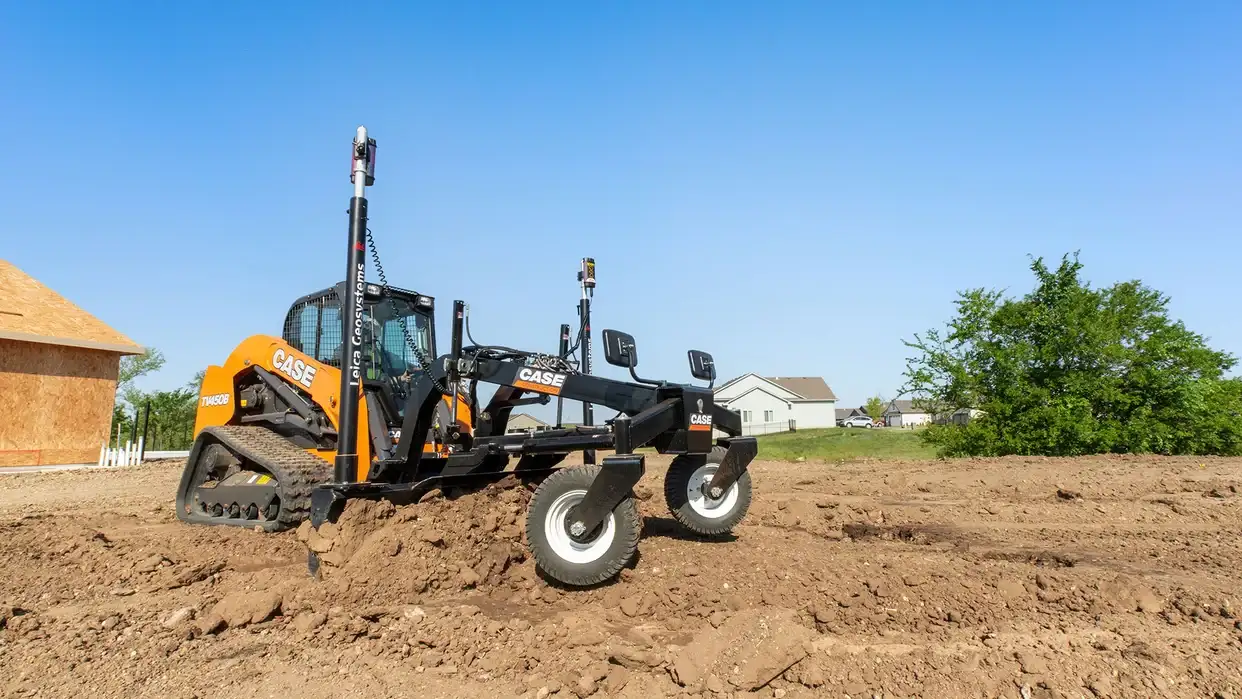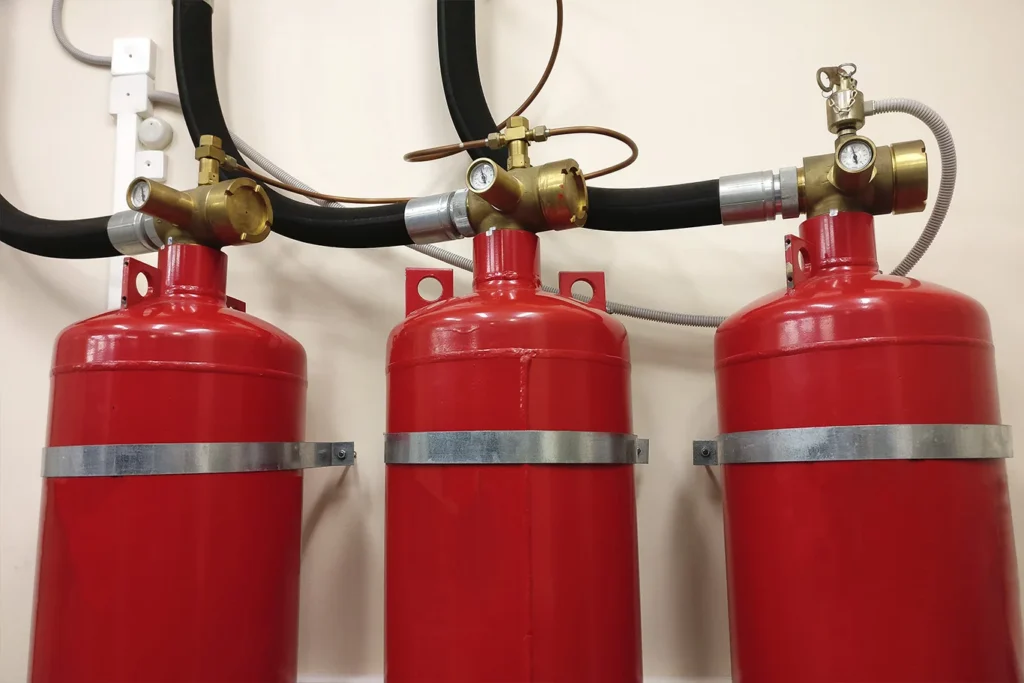Construction sites require careful planning, accurate work, and efficient use of equipment to stay on schedule and within budget. One way to achieve this is by using advanced tools that improve precision and productivity. Precision grading attachments are one such innovation that has transformed the way contractors handle earthmoving, leveling, and grading tasks. These attachments enhance accuracy, reduce manual labor, and speed up projects, making them an essential part of modern construction operations.
What Are Precision Grading Attachments?
Precision grading attachments are specialized tools that can be attached to construction equipment like skid steers, excavators, and compact track loaders. They are designed to provide highly accurate grading and leveling capabilities for soil, gravel, and other materials. These attachments often include features such as laser-guided systems, automated controls, and adjustable blades, allowing operators to achieve consistent results with minimal effort. By combining technology with traditional grading equipment, precision grading attachments help contractors achieve professional-grade finishes on every project.
Increasing Accuracy on the Job Site
One of the main advantages of precision grading attachments is their ability to increase accuracy. Traditional grading often relies on manual measurements, stakes, or string lines, which can be time-consuming and prone to errors. With precision grading attachments, operators can rely on laser or GPS systems to guide the blade, ensuring the correct slope, elevation, and alignment. This reduces mistakes, lowers the need for rework, and ensures that the project meets design specifications. Greater accuracy also means fewer adjustments and faster completion times, which ultimately saves money and resources.
Reducing Labor and Operational Costs
Precision grading attachments significantly reduce the amount of manual labor needed on a construction site. Tasks that once required several workers to level, measure, and adjust can now be accomplished with a single operator using the attachment. This not only reduces labor costs but also minimizes physical strain on workers, improving overall safety and productivity. Additionally, these attachments optimize the use of machinery, allowing equipment to operate more efficiently with less wear and tear. The combination of reduced labor and improved equipment performance leads to substantial cost savings for construction companies.
Enhancing Productivity and Project Timelines
Construction projects are often under strict deadlines, and delays can be costly. Precision grading attachments help maintain project timelines by speeding up grading and leveling tasks. Automated systems and accurate controls allow operators to complete work faster than with conventional methods, while maintaining high quality. With less rework, fewer errors, and reduced downtime, projects move more smoothly from one phase to the next. This enhanced productivity helps construction companies meet deadlines, increase client satisfaction, and take on more projects without sacrificing quality.
Versatility Across Different Projects
Another key benefit of precision grading attachments is their versatility. They can be used on a variety of construction projects, including road building, landscaping, site preparation, and foundation work. Whether the project involves large-scale earthmoving or detailed finishing work, these attachments provide the flexibility needed to handle different tasks efficiently. Their adjustable features and compatibility with multiple machines make them a valuable investment for contractors seeking consistent results across diverse projects.
Conclusion
Precision grading attachments have become indispensable tools on modern construction sites. By improving accuracy, reducing labor, enhancing productivity, and offering versatility, they help contractors complete projects more efficiently and cost-effectively. Investing in precision grading attachments allows construction teams to maintain high-quality standards while meeting tight deadlines, ultimately contributing to smoother operations and better project outcomes. For contractors aiming to stay competitive in today’s industry, incorporating these attachments into daily operations is a practical and forward-thinking choice.



























